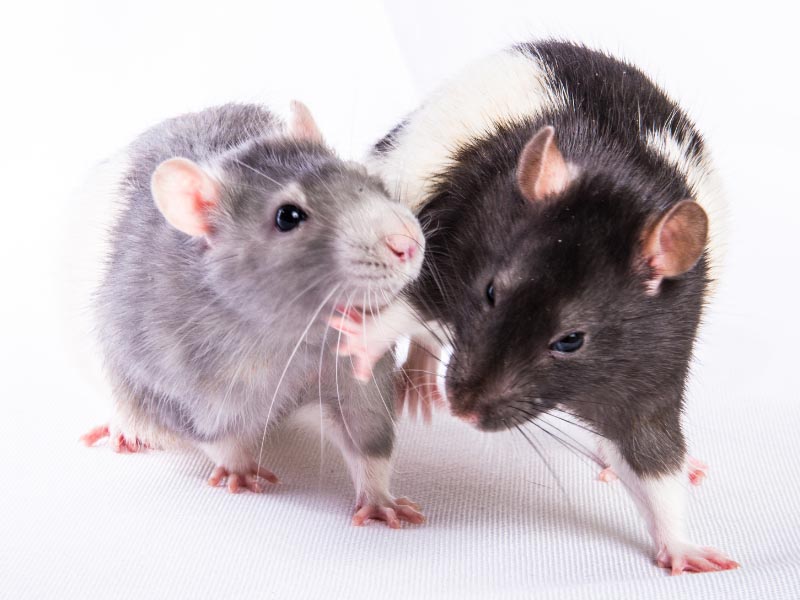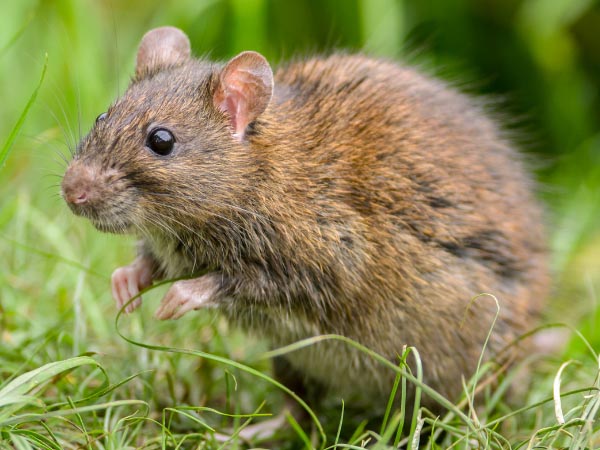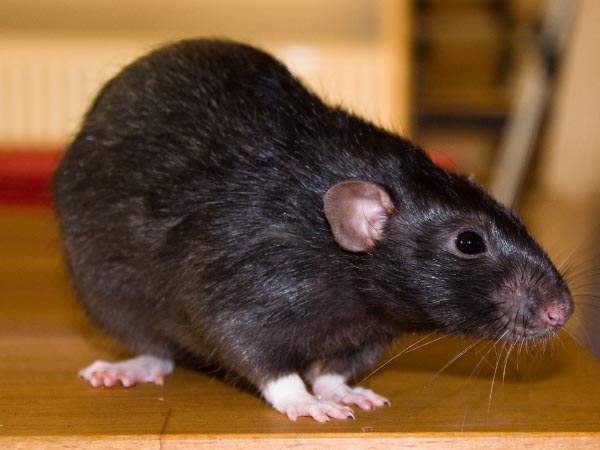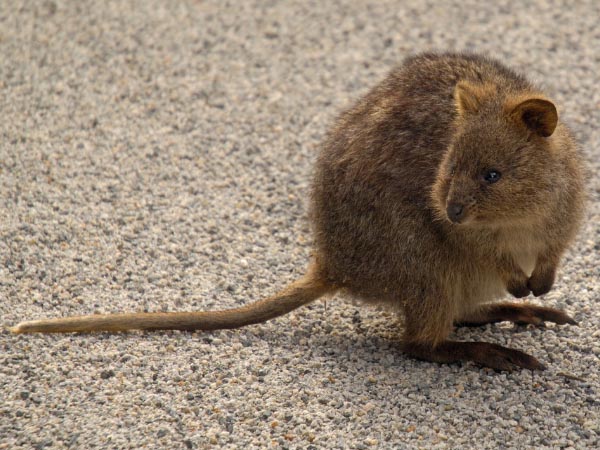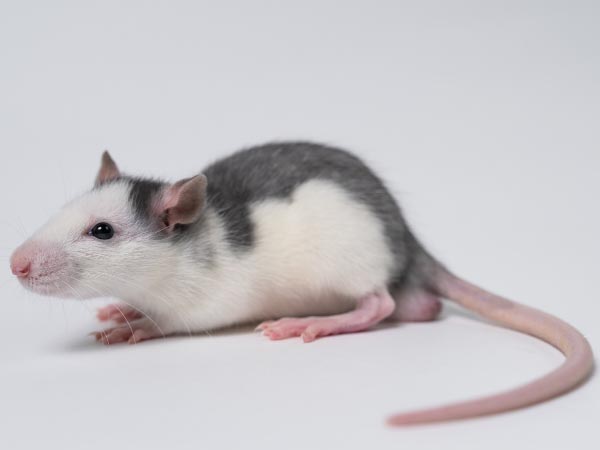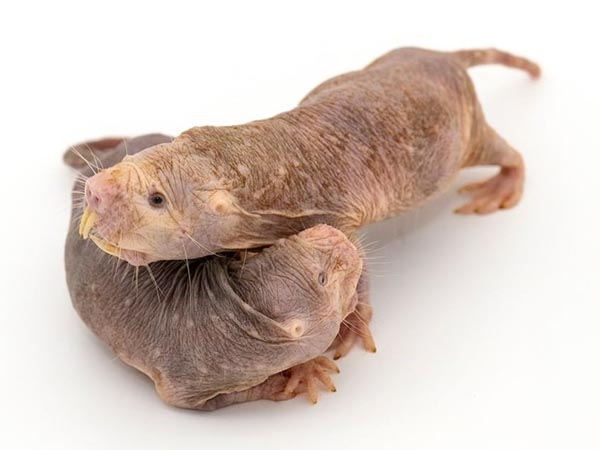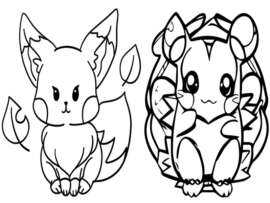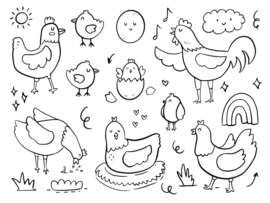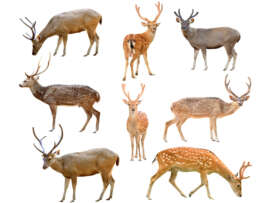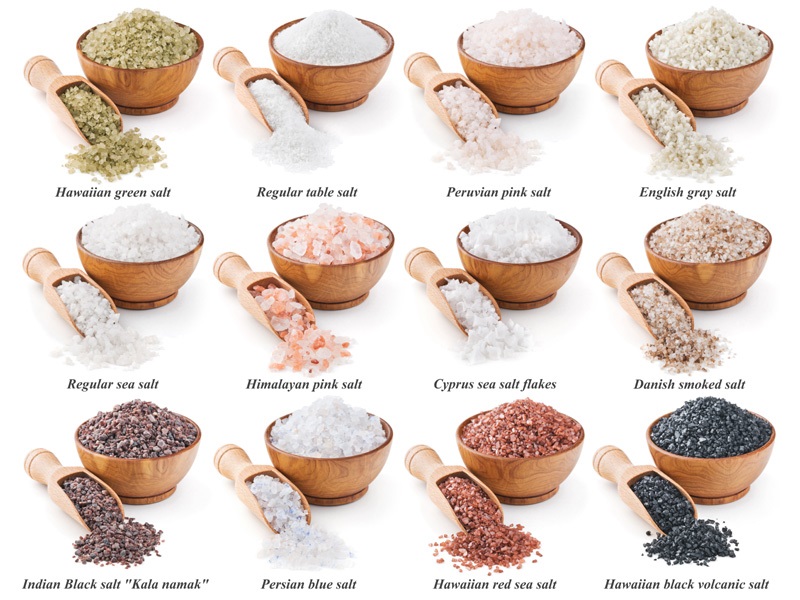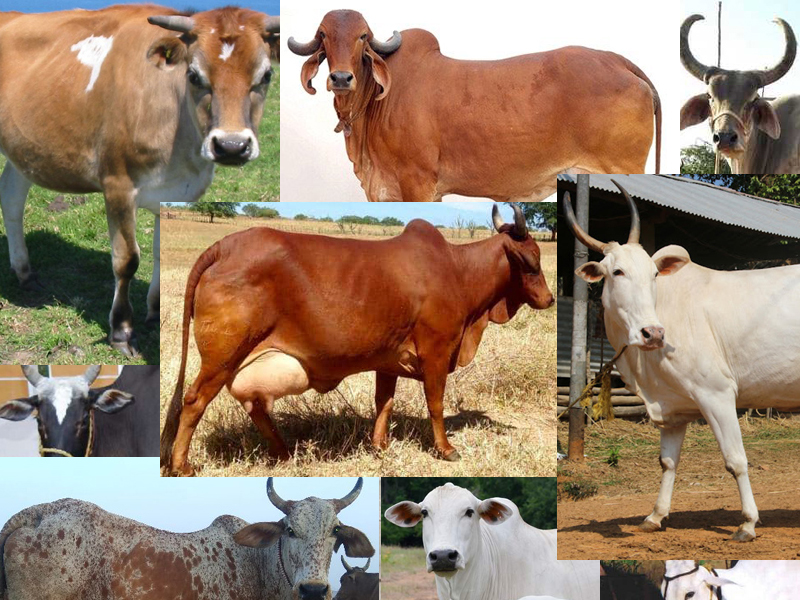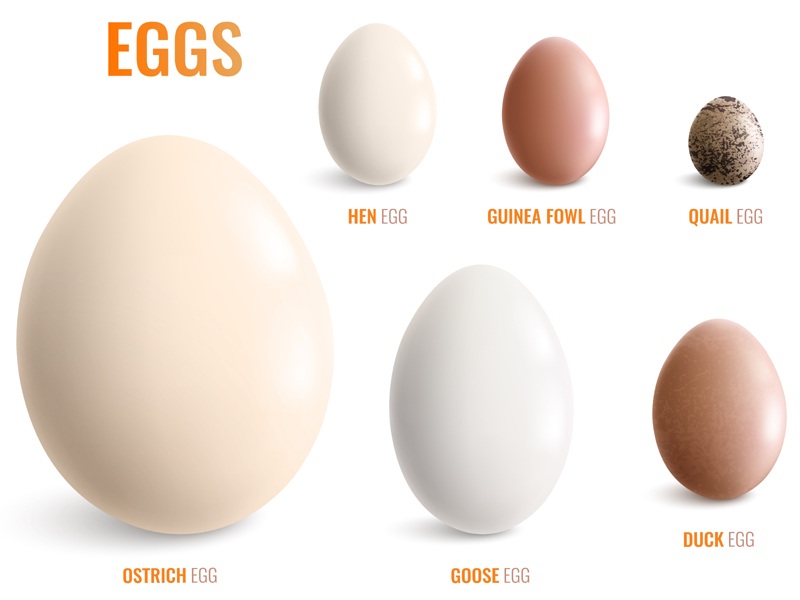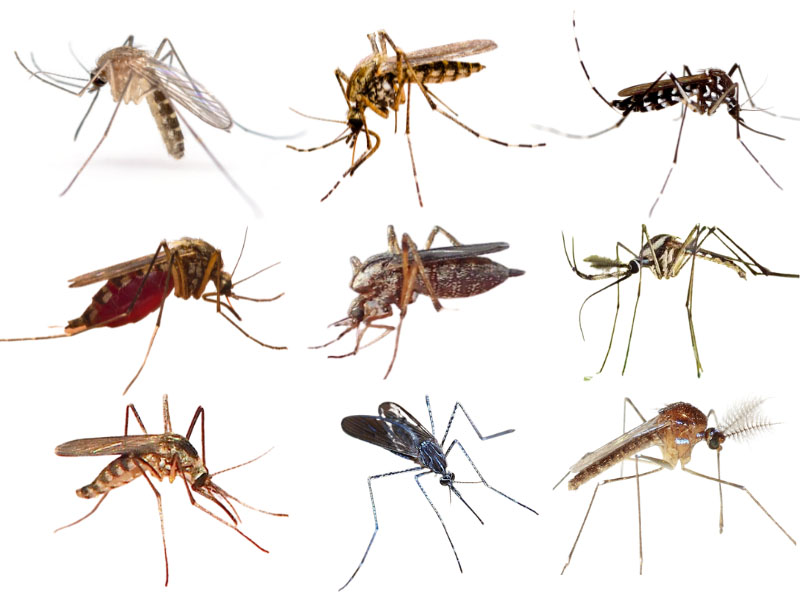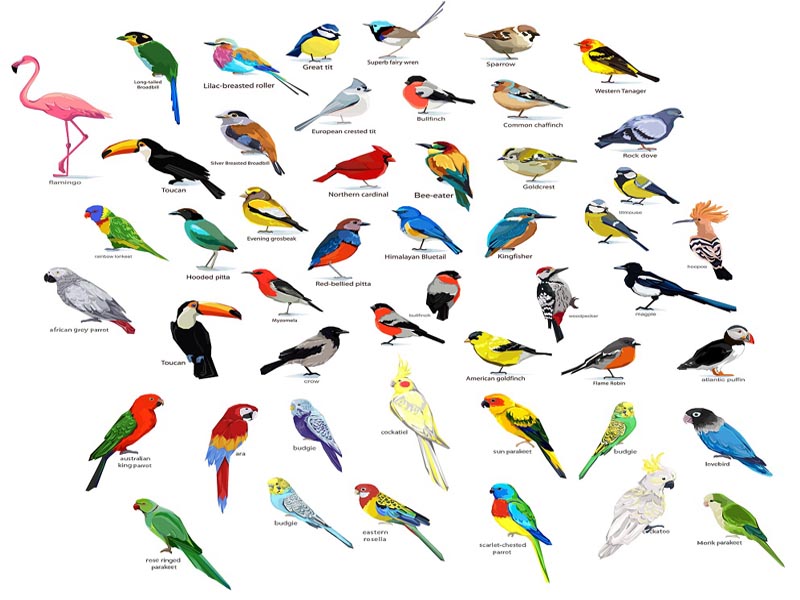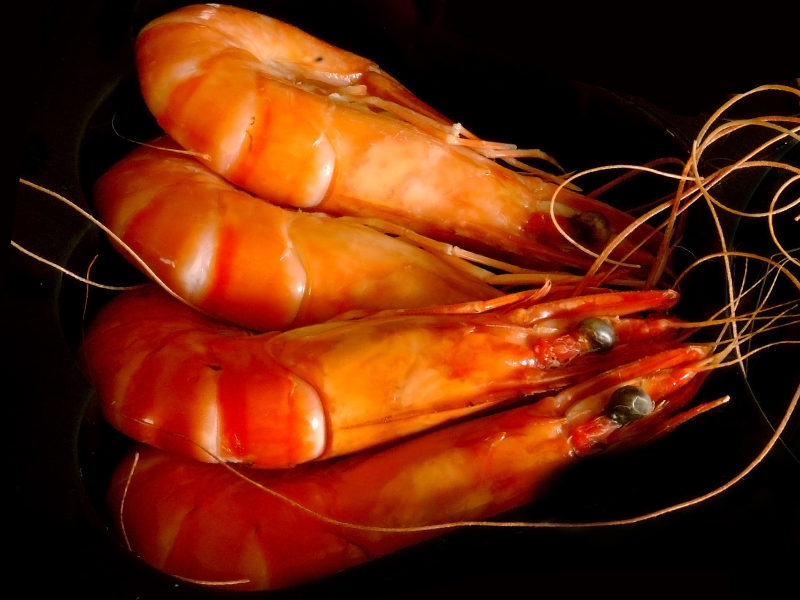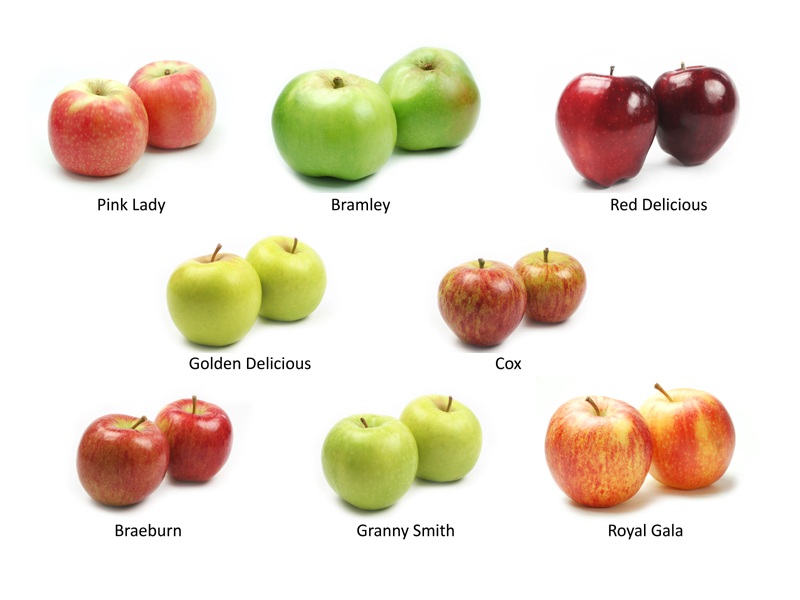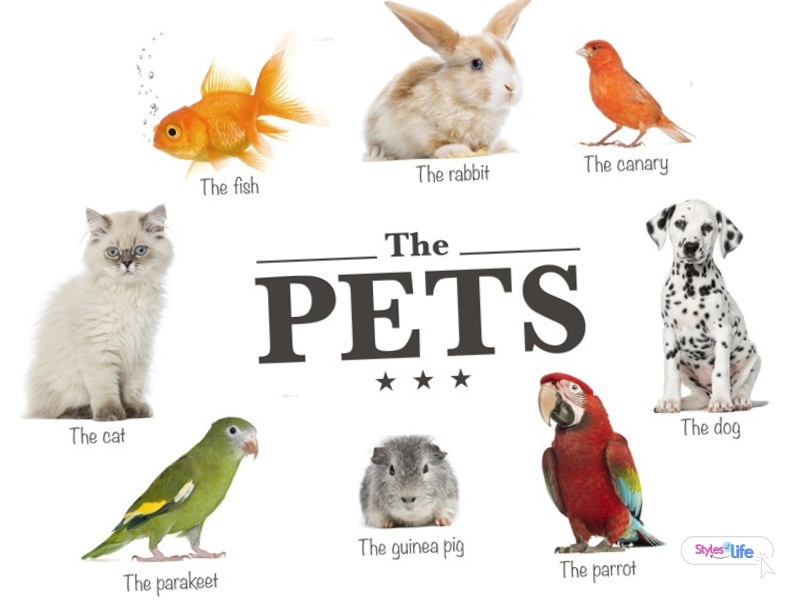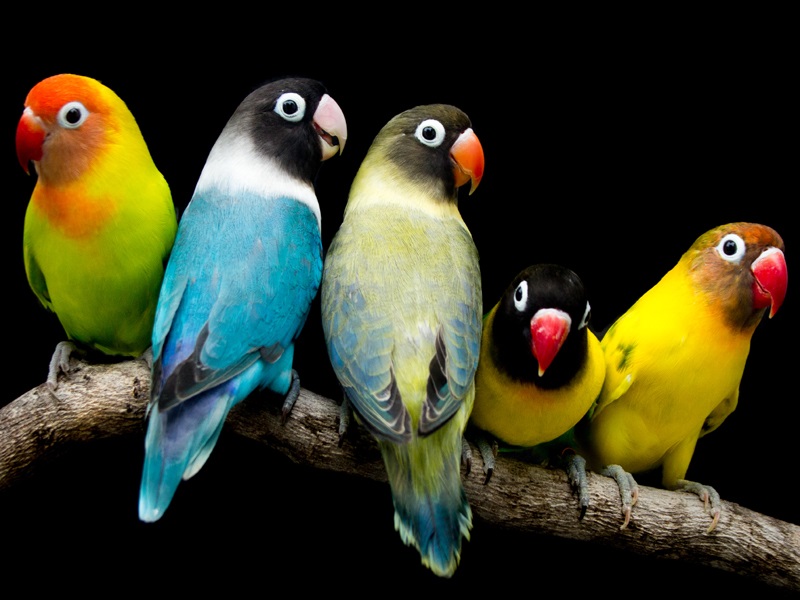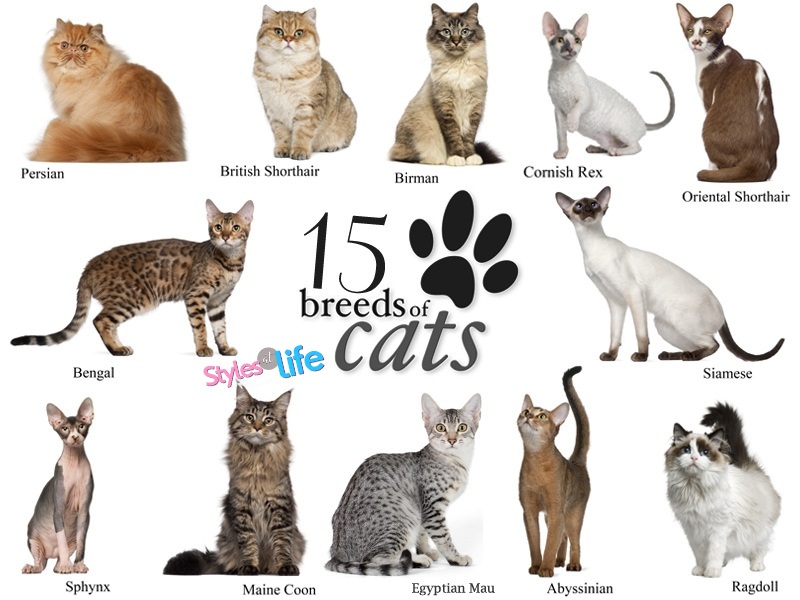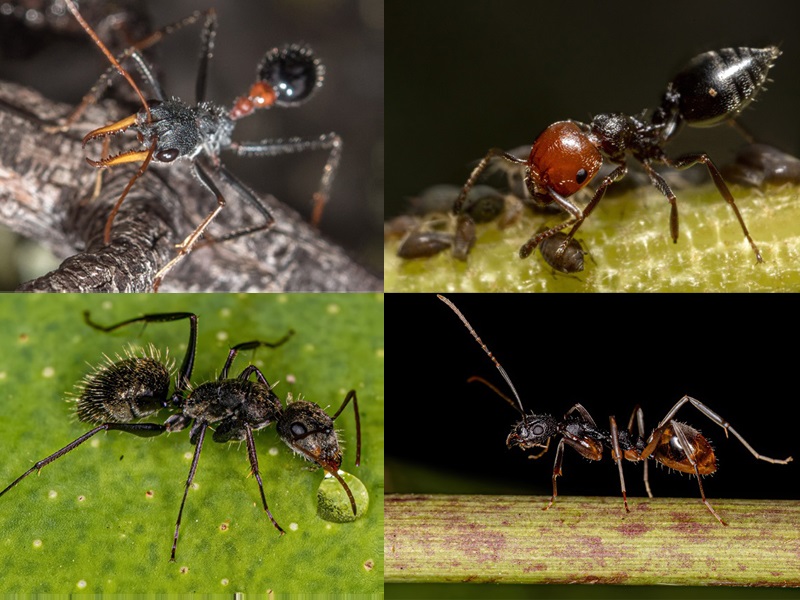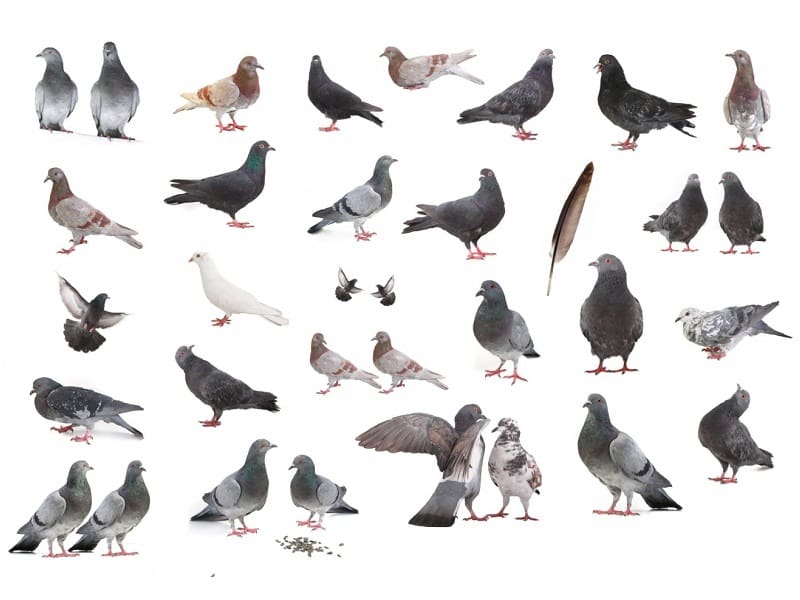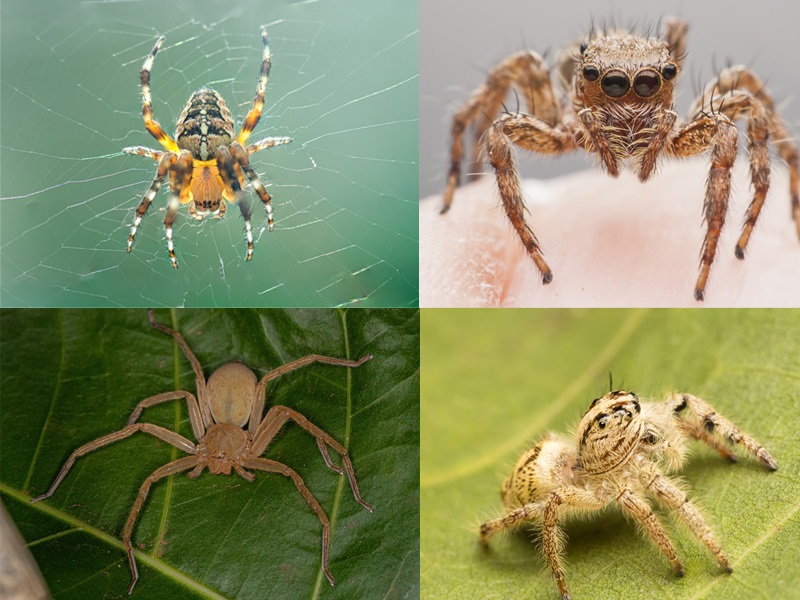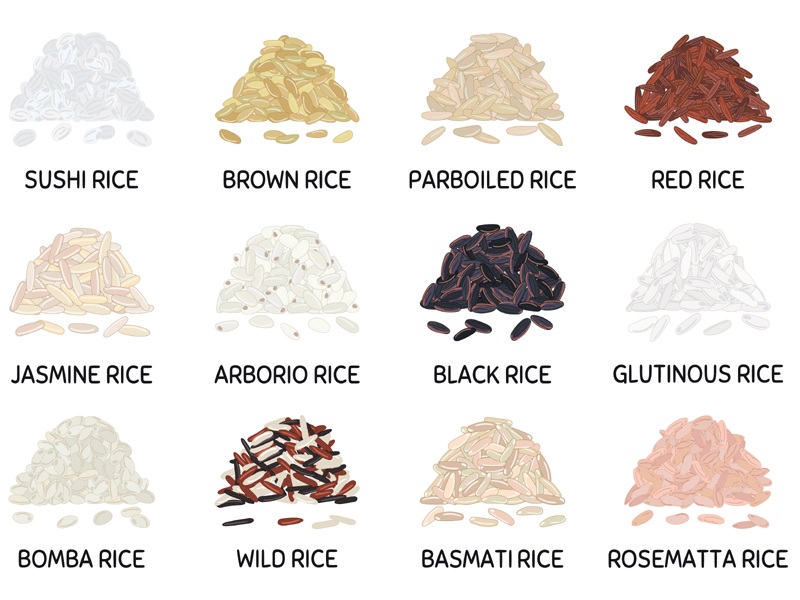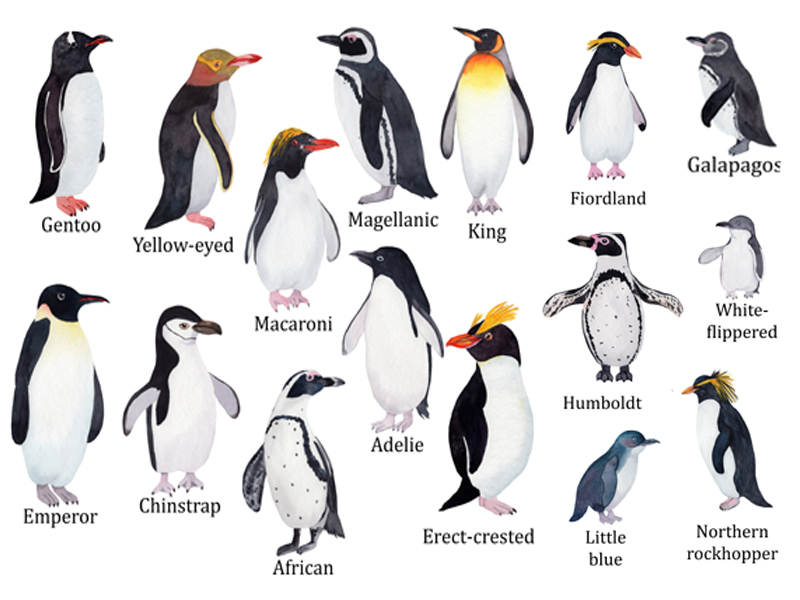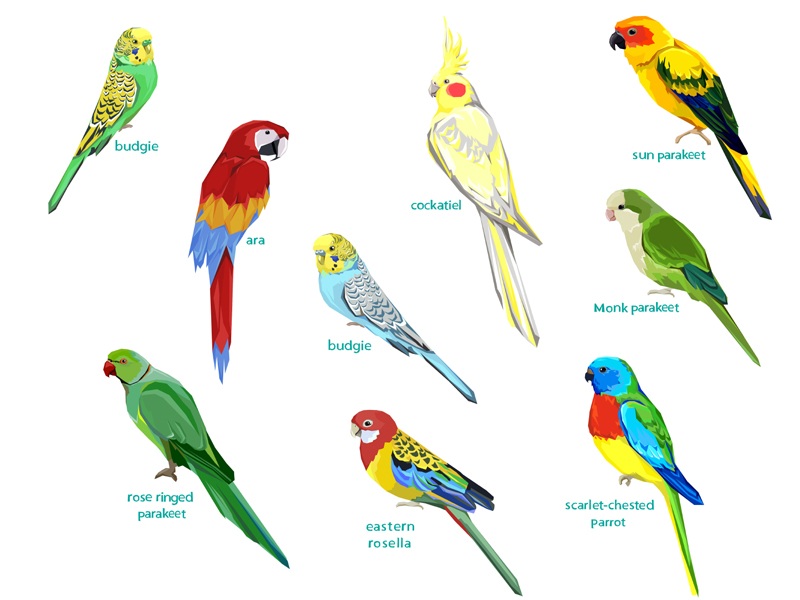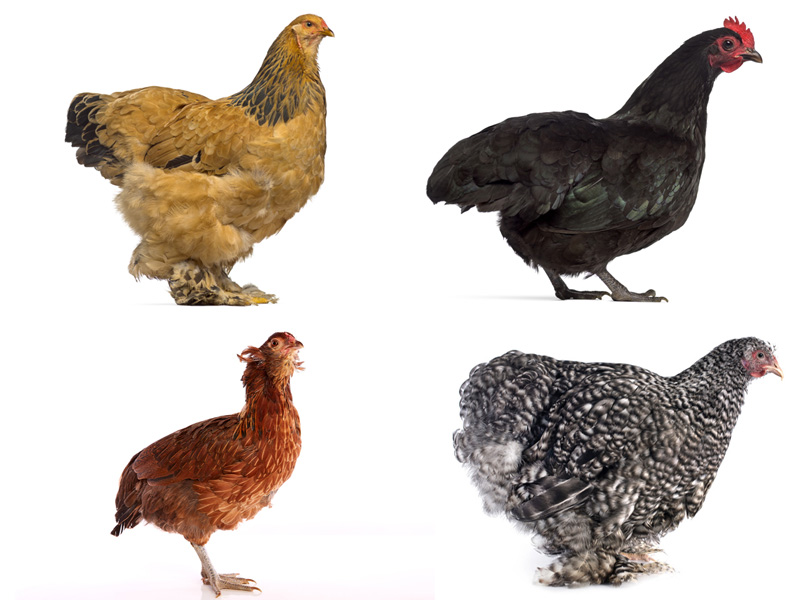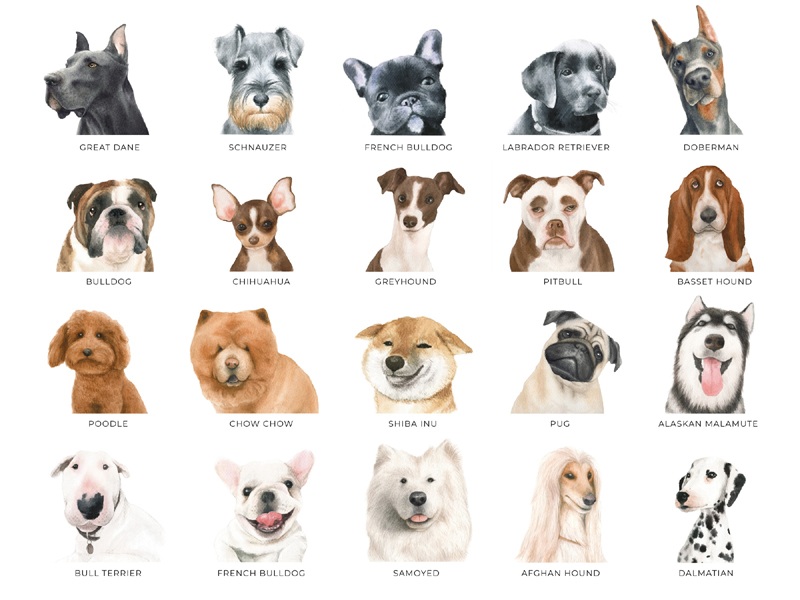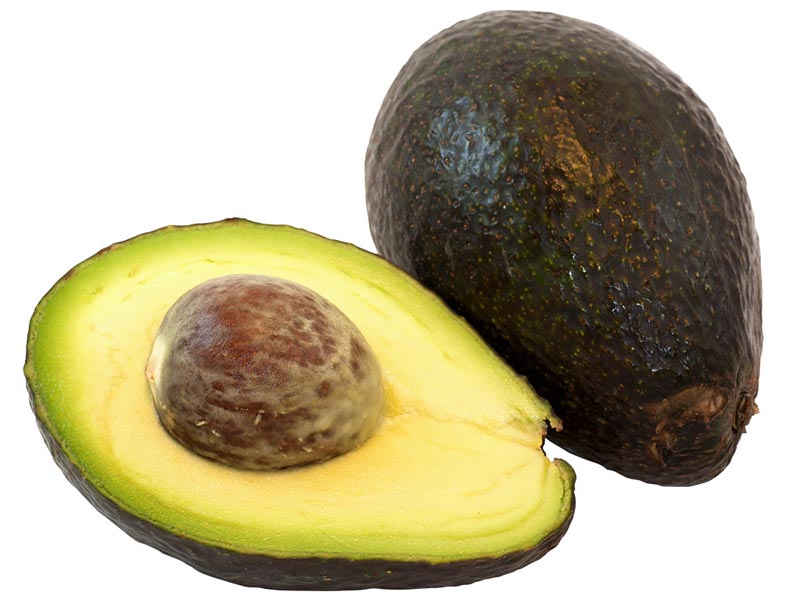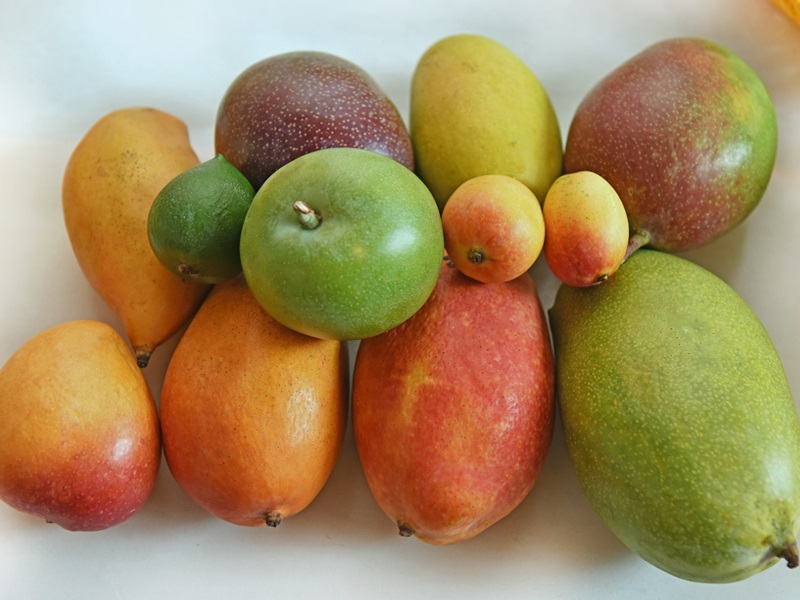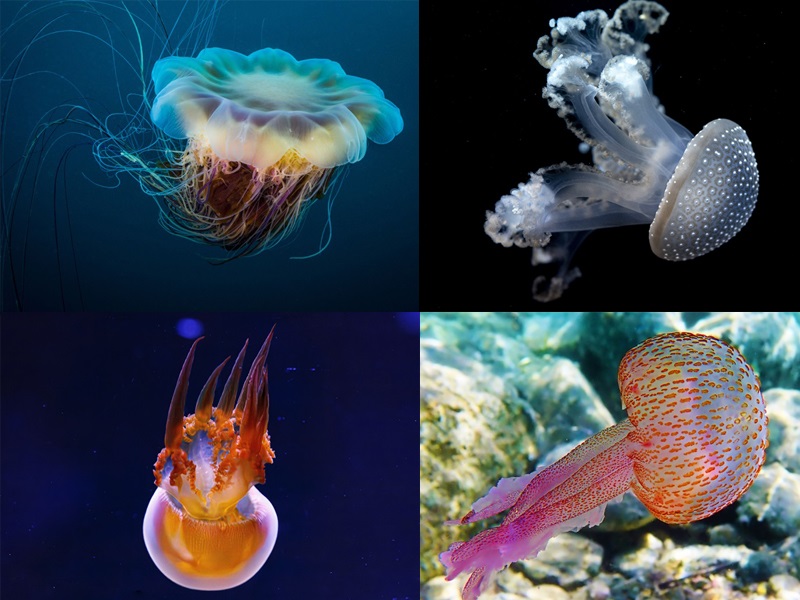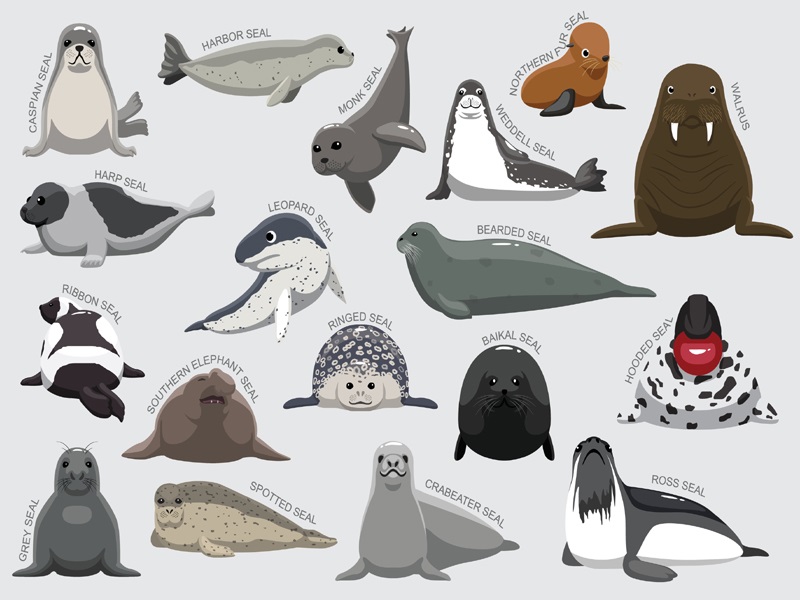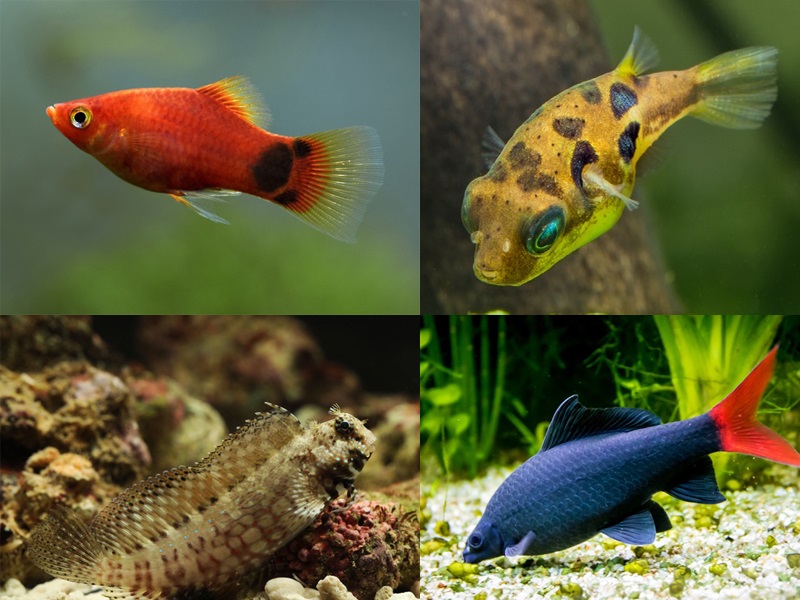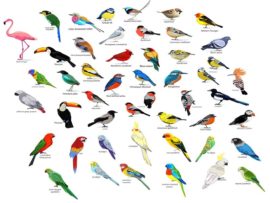It is fair to say that rats have a tough time regarding reputation amongst mammals. Humans regard very few animals with such contempt. Even the name is considered an insult because rats are associated with disease, lack of hygiene, and general squalor, like their mousy relatives. But some of the best-known types of rats from the genus Rattus are known to be ultimate survivalists. Therefore, they are worthy of admiration in equal parts.
Rats have become commensal animals, thriving in the detritus of human activity because they have adapted so well to living in association with civilizations and humanity. In detail, let us go through this article to learn more about the diverse group of rat species. Read on!
What is Rat & Mouse?
The stereotypical rats are found in the genus Rattus. They come in various sizes and long tails from the Muroidea superfamily. The famous members of the genus Rattus are called the “True Rats”, containing black and brown rats. In addition, several rodents are referred to as rats with true rat characteristics. The distinction between rats from mice is made based on their size.
A mouse characteristically has a pointed snout, small rounded ears, a body-length scaly tail and a high breeding rate but is a small rodent. The size is the prominent feature that differentiates it from the rat. The common house mouse is the best-known mouse species.
Main & Different Types of Rats & Mouse:
We have presented you with famous and different kinds of rats and mice with characteristic features. Let us go through the details:
1. Brown Rat:
The brown rat is one of the widespread species of the common rat. This is also called the common rat, street rat, sewer rat, wharf rat, Norway rat, Parisian rat, Norwegian rat and Hanover rat. The head and body length of the brown or grey rodent is 28 cm long, and a shorter tail compared to that and is one of the largest muroids. The rodent is spread to all continents except Antarctica, though they originated in northern China and neighbouring areas.
The brown rat lives particularly in urban areas wherever humans live, with rare exceptions. Although the fur of these types of rats varies from dark grey to brown, the underparts are brown to lighter grey. Brown rats possess a highly developed olfactory sense, have acute hearing, and are sensitive to ultrasound.
Cereals form a substantial part of a Brown rat’s diet, though the Brown rat is a true omnivore that will consume almost anything. When conditions are suitable, a brown rat can breed throughout the year.
Scientific name: Rattus norvegicus.
Colour: Brown or dark grey.
Size: 15 to 27 cm.
Weight: 140 to 500 grams.
Read Also: Types of Eagle Species
2. Black Rat:
A black rat is a common long-tailed rodent of the stereotypical rat genus Rattus in the subfamily Murinae, called a type of house rat, ship rat or roof rat. Although it is found worldwide, the Black rat likely originated in the Indian subcontinent. The black rat has a lighter underside but black to light brown fur, though it comes in several colour forms. This rat can feed on a wide range of crops which is why it is a severe pest to farmers, and it is a generalist omnivore.
Originally discovered in Great Britain, the Black rat bone remains dated to the Norman period. However, because of the reintroduction and disappearance, the specific origin of the black rat is uncertain. Black rats can eat a wide range of foods, including a variety of invertebrates and vertebrates, and are considered omnivores.
Scientific name: Rattus rattus.
Colour: Black to light brown.
Size: 20 cm.
Weight: 75 to 230 grams.
3. Giant Kangaroo Rat:
The Giant kangaroo rat is the largest type of Kangaroo rat species. Because its habitat is being severely reduced, the giant kangaroo rat has been recently added to the endangered species list. This Giant kangaroo rat has a robust hind leg that helps him hop at high speeds and has a large head and large eyes, long.
The giant kangaroo rats dig burrows in loose soil and live on dry, sandy grasslands. These types of rats communicate by drumming their feet on the ground and living in colonies. The giant kangaroo rat mates seasonally; male rats go and mate with neighbouring female rats. Still, the males stay in their original burrows during the winter.
Scientific name: Dipodomysingens.
Colour: Tan or brown.
Size: 15 cm.
Weight: 110 grams.
4. Fancy Rats:
The domesticated form of the brown rat is called the Fancy rat, which is also a common type of pet rat. The idea of fancy animal promotion of domestic animals helps derive the Fancy rat’s name. After becoming docile, different types of wild rats fall under the fancy type and are bred for many generations.
Fancy rats come in a wide variety of coat colours and patterns raised and bred by rat enthusiast groups worldwide. Fancy rats are compared to other small, pretty affordable pets and are easy to care for and provide. You can get them from breeders and pet stores. The physiology of Fancy rats is very similar to humans based and is used widely in medical research.
A variety of the Norway rat, Fancy rats, are different from their wilder cousins psychologically and physiologically. They are sociable, playful, and have unique personalities making them great fun for adults and kids as pets. When placed with small pets like hamsters, the fancy rats can be active in the daytime.
Scientific name: Rattus norvegicus domestica.
Colour: They come in 40 distinct colours.
Size: 9 to 11 inches.
Weight: 250 to 500 grams.
5. Lab Rat:
A brown rat, Rattus norvegicus Domestica, bred and kept for scientific research, is called a laboratory rat or lab rat. Rats have also been an important animal model for psychology and biomedical science research. However, they are less commonly used for research than mice. The domestication origins of Laboratory rats are the same as fancy rats. In 1828 a fasting experiment was the first time one of these albino mutants was brought into a lab for a study.
The use of rats in experimental studies has helped us understand the genetics, diseases, and effects of drugs in health and medicine. These rats have also proved perfect subjects for psychological studies in learning mental processes in detail. Roughly 50% or more of the research was done on mice, and they hold historical importance in scientific research.
Scientific name: Rattus norvegicus.
Colour: Albino.
Weight: 250 to 500 grams.
Read Also: Types of Frogs List
6. House mouse:
A house mouse is the best type of house rodent that characteristically has a long, almost hairless tail, large rounded ears and a pointed snout. Out of the species of genus Mus, the house mice is one of the most abundant species. Although it is a wild animal, the house mouse has benefitted significantly from associating with human habitation. Like a pet or fancy mouse, the house mouse has been domesticated as a pet. It is a model organism in biology and medicine by acting as the laboratory mouse.
The house mouse has a musky, strong and distinctive odour weighing 12 to 30 grams with a small and slender body with body and tail lengths equal. Depending on the population around the world, the measurements of this rate vary. House mice prefer to consume grains, fruits and seeds, though they are omnivorous. Though mice are attracted to cheese, they tend to prefer carb-rich foods, which can cause severe damage to domestic gardens and crops.
Scientific name: Mus musculus.
Colour: Light brown, black.
Size: 6 to 11 cm.
Weight: 12 to 30 grams.
7. Naked molerat:
The naked molerat is, also called sand puppy, native to East Africa and is a burrowing rodent. It is the only species in the genus Heterocephalus of the family Heterocephalidae and is closely related to the blesmols. The naked molerat’s unusual behavioural and physical traits help it thrive in a harsh underground environment. It is also the only rat with an entirely ectothermic body temperature regulation form because it is the only mammalian thermoconformer.
The naked mole rats have meagre metabolic and respiratory rates and lack pain sensitivity in their skin. The resistance to cancer and oxygen deprivation is why the naked molerat has remarkable longevity. Though their visual acuity is poor, their eyes are small, with short, thin legs. These types of rats can move forward and backwards because they are highly adept at moving underground. Naked mole rats primarily feed on huge tubers because they are herbivores.
Scientific name: Heterocephalusglaber.
Colour: Wrinkly pink or greyish-pink.
Size: 8 to 10 cm.
Weight: 30 to 35 grams.
There are wide ranges of rats and mice that have various applications. At the same time, some rodents are commonly kept as pets while others are more for research. In addition, some rats might enjoy human interaction. In contrast, others are timider, some are relatively easy to tame, and some are not. We hope the different types of rat and mice species we mentioned in this article will help you understand the animal better. Finally, don’t forget to let us know if you found the article helpful!
Read Also: Different Kinds of Snakes
Interesting facts about Rats & Mice:
We have listed some facts about mice and rats that you might find interesting:
- Medium-sized rodents with long-tail are called rats.
- A group of rats are called ‘mischief.’
- Rats commonly live underground and are mainly nocturnal. Although they are higher in number, rats can stay out of sight.
- Rats have travelled with us around the planet throughout human history by settling wherever humans live, stowing away in boats.
- Rats can spread disease among humans because they feed on the food we throw away. For example, the black death is a medieval disease spread by fleas living on rats.
- The super-strong teeth of rats never stop growing, and that’s why they keep on nibbling on something.
- Compared to human fingertips, rat whiskers are more sensitive. As a result, rats get a detailed picture of their environment by brushing their long hair against objects or the floor.
- Rats can move their head in opposite directions and even above because they have eyes on either side. This ability comes in very handy in spotting rat-eating birds.
- Rats can smile with their ears. Their ears become relaxed, droopy and slightly pinker when the rats are happy.
- Rats can hear high-pitched sounds, which are difficult for humans to hear because they can hear very well.
- Rats are squeaky clean because they wash by licking their fur and combing by using their teeth.
- They keep themselves cool by directing body heat through their tails and balancing themselves with the help of their long tails.
- Rats can hold their breath for several minutes because they are great swimmers.
- In a year, a single rat can leave 25000 droppings.
Disclaimer:
The content provided in this article is based on pure research and not a replacement for professional information. The website is not responsible for the accuracy and authenticity of the data.
FAQs:
1. Which is the biggest type of rat?
The Gambian pouched rat is the world’s largest rat native to Africa. This rat measures 20 to 35 inches from head to the tip of the tail, reaching up to nine pounds with an average size of 3 pounds.
2. What are the names of the different types of pet mice?
Seven popular mice varieties come in many colours. They are:
- Agouti.
- Blue agouti.
- Argente.
- Cinnamon.
- Pearl.
- Silver black.
- Chinchilla.
- Silver blue.
3. What are the different types of domestic rats?
There are seven Types of domestic or pet rats. They are:
- Standard pet rat.
- Rex rat.
- Tailless rat.
- Dumbo rat.
- Satin rat.
- Bristle coat rat.
- Hairless rat.


